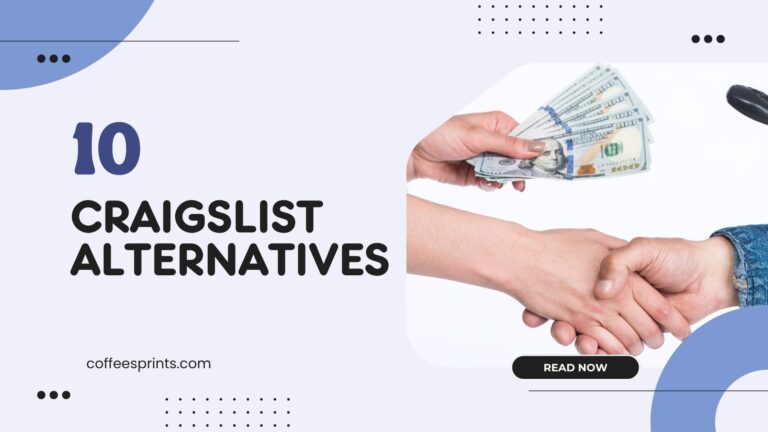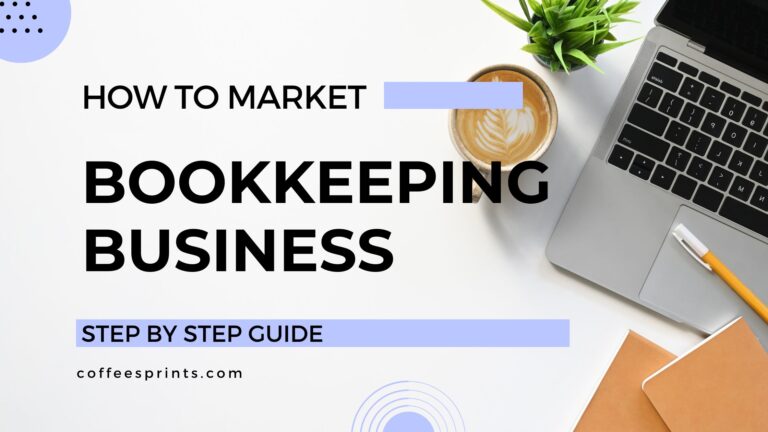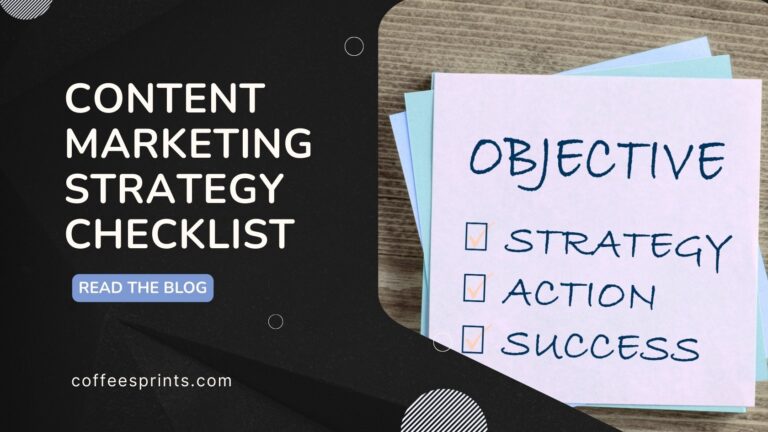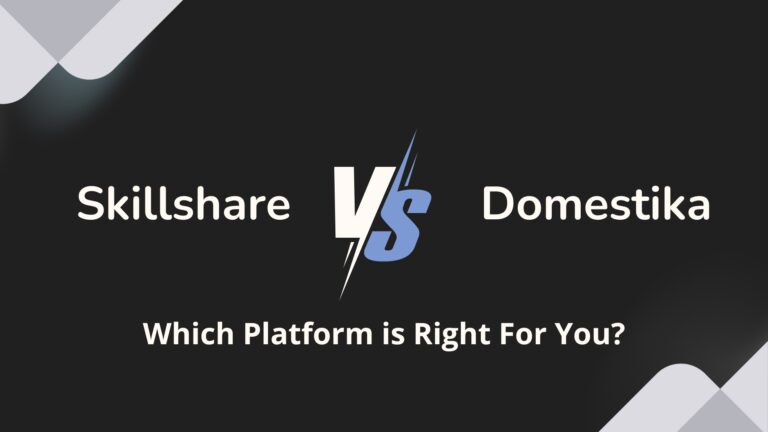Prompt Like a Pro: Build High-Converting Landing Pages with AI Prompts
AI has become an incredible tool when we’re creating landing pages, especially in a hurry. They help us with precision, scale, and speed.
And landing pages are a great way to promote your personal brand or business, drive visits, capture leads, and generate more sales.
Now, let’s find out all the prompts you need to create a landing page with AI tools like ChatGPT and Gemini.
Simple AI Prompts to Create Different Types of Landing Pages
First, let’s start with the simple and direct AI prompts to create different types of landing pages, like a SaaS landing page, webinar registration pages, etc. You can simply swap out the placeholders (e.g., [product/service], [persona], [goal]) to tailor the copy to your specific use case:
Free Ebook/Lead Magnet Landing Page:
“Write a landing page copy for a free e-book that helps [persona] solve [specific challenge]. Highlight the key benefits of the ebook, include a compelling headline, a short description, and an opt-in form with a strong call-to-action to download the resource.”
SaaS Product Landing Page:
“Create a landing page for a SaaS product that explains how [product/service] streamlines [process/problem] for [target audience]. Focus on the unique features, pricing tiers, and customer testimonials. End with a persuasive call-to-action to start a free trial or demo.”
Webinar Registration Landing Page:
“Generate landing page copy for an upcoming webinar on [topic] aimed at [persona]. Include details on the benefits of attending, a list of key takeaways, speaker information, and an easy-to-complete registration form. Emphasize urgency or limited seats if applicable.”
Mobile App Landing Page:
“Write a landing page for a mobile app that helps [persona] achieve [goal]. Focus on the app’s key functionalities, user-friendly interface, and how it simplifies everyday tasks. Include screenshots or video previews, and a call-to-action linking to the app store.”
Consultation Service Landing Page:
“Compose landing page content for a consultation service that assists [persona] in overcoming [specific challenge]. Highlight the benefits of personalized advice, client success stories, and a simple booking form to schedule a free consultation.”
Membership Site Landing Page:
“Create a landing page for a membership site that offers exclusive [type of content/benefits] for [target audience]. Explain the value of joining the community, include testimonials or success metrics, and present clear membership tiers with a call-to-action to sign up.”
Physical Product Landing Page:
“Write a landing page for a physical product, [product name], targeting [persona]. Describe the product’s key features, materials, and benefits. Use vivid imagery, customer reviews, and a prominent ‘Buy Now’ button to drive conversions.”
Coming Soon/Pre-Launch Landing Page:
“Generate a ‘coming soon’ landing page for an upcoming [product/service] launch. Include a teaser description, a countdown timer, and an email opt-in form to notify visitors when the launch goes live. Emphasize anticipation and exclusivity.”
Limited-Time Offer Landing Page:
“Create a landing page for a limited-time offer on [product/service]. Focus on the urgency by including a countdown timer, clear pricing and discount details, and a call-to-action that encourages immediate purchase before the offer expires.”
Event Registration Landing Page:
“Write a landing page for an event (virtual or in-person) that caters to [persona] interested in [topic/event]. Include event details, schedules, speaker bios, venue information (if applicable), and a registration form with a compelling call-to-action to secure a spot.”
Now let’s get specific into each individual sections of a landing page:
A. Hero Section
- Hero Headline Prompt:
“Craft a bold, attention-grabbing headline for the hero section of your landing page that instantly communicates the core benefit of [product/service]. Emphasize the transformation or solution offered to [persona].” - Hero Subheadline Prompt:
“Write a supportive subheadline for the hero section that provides additional context and reinforces the main message. It should clarify how [product/service] solves [specific challenge] for [persona] in a concise, compelling manner.” - Hero Visual & Tagline Prompt:
“Suggest ideas for a hero image or background visual that reflects the essence of [product/service]. Additionally, create a short, memorable tagline that encapsulates the unique selling proposition.”
B. Value Proposition & Benefits Section
- Value Proposition Prompt:
“Write a clear, concise value proposition that explains what makes [product/service] unique and why [persona] should choose it over competitors. Focus on the key benefit and the problem it solves.” - Benefits List Prompt:
“List the top 3-5 benefits of [product/service] in bullet points, emphasizing both practical advantages and emotional outcomes for [persona]. Keep each point brief and impactful.”
C. Social Proof & Testimonials Section
- Customer Testimonial Prompt:
“Write a genuine customer testimonial from [persona] that explains how [product/service] helped them overcome [specific challenge] and achieve [goal]. Emphasize real results and emotional impact.” - Case Study/Success Story Prompt:
“Generate a short case study that details the journey of [persona] with [product/service], including the problem faced, solution implemented, and measurable outcomes achieved. Use a narrative style that highlights transformation.”
D. FAQ Section
- FAQ Generation Prompt:
“Create a list of frequently asked questions related to [product/service]. For each question, provide a clear and concise answer that addresses potential concerns and builds confidence in the solution.” - Objection Handling FAQ Prompt:
“Develop a set of FAQs that specifically tackle common objections or hesitations that [persona] might have about [product/service]. Focus on alleviating doubts with straightforward, reassuring answers.”
E. Call-to-Action (CTA) Section
- Primary CTA Prompt:
“Craft a strong call-to-action encouraging [persona] to take the next step with [product/service]. Use action-oriented language (e.g., ‘Get Started Now’, ‘Sign Up for Free’, ‘Claim Your Offer Today’) and highlight a key benefit or urgency factor.” - Secondary CTA Prompt:
“Write an alternative call-to-action for visitors who may need more information before committing. This could be a prompt for a free trial, consultation, or additional resource download.”
F. Trust Signals & Additional Information Section
- Trust Signals Prompt:
“Generate a list of trust signals to include on the landing page, such as logos of reputable clients, industry certifications, awards, or secure payment icons. Emphasize credibility and reliability.” - Additional Information/Resource Prompt:
“Write a short section that offers additional resources or insights related to [product/service], such as links to blog posts, case studies, or user guides that further validate the benefits and build trust.”
G. Comparison Sections
- Feature Comparison Chart:
“Generate a comparison chart for [product/service] versus [competitor/alternatives]. Highlight key features, benefits, and performance metrics in a clear, side-by-side format that shows why [product/service] stands out.” - Pros & Cons Analysis:
“Write a detailed pros and cons section comparing [product/service] with similar offerings. Emphasize the unique strengths of [product/service] and address common concerns to help [persona] make an informed decision.” - Competitive Advantage Breakdown:
“Create a comparison section that outlines the top advantages of [product/service] over its competitors. Use bullet points or a table format to showcase differences in features, pricing, support, and overall value.”
H. Pricing Sections
- Tiered Pricing Table:
“Craft a pricing section for [product/service] that clearly presents multiple pricing tiers. For each tier, list the included features and benefits, and highlight the best value option with a strong call-to-action.” - Value Proposition of Pricing:
“Write a persuasive pricing section that explains why the cost of [product/service] is justified. Focus on the return on investment (ROI) and long-term value, and include any discounts or special offers available.” - Pricing Comparison with Competitors:
“Develop a pricing comparison section that contrasts the cost of [product/service] with competitor pricing. Emphasize the additional value or unique features offered by [product/service] to demonstrate why it is the best choice.”
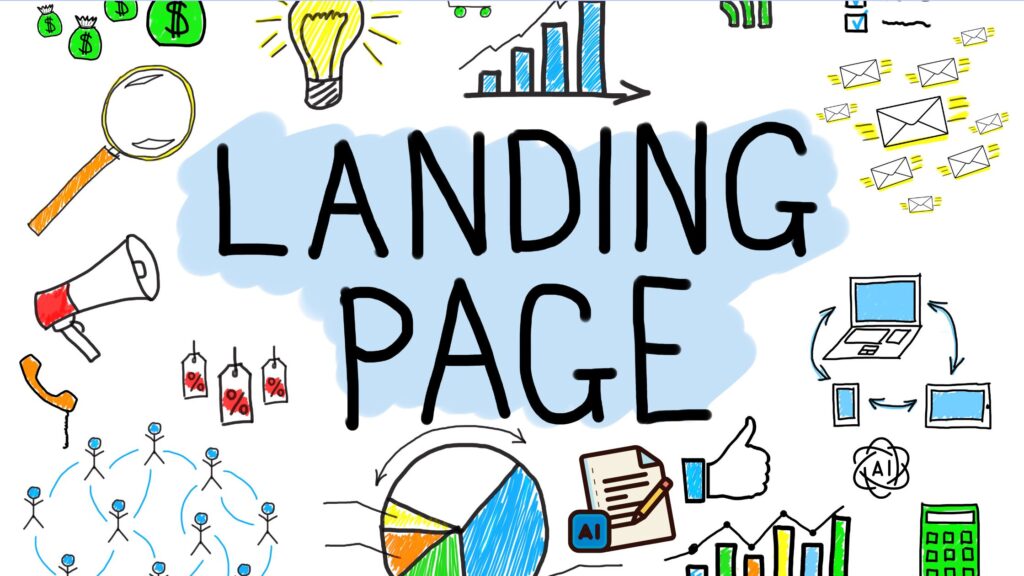
Additional Prompts to create a landing page tailored for specific cases
1. Data-Driven Elements
Headline with Statistics:
“Generate a headline for a landing page that includes a compelling statistic (e.g., ‘Join the 87% of users who have doubled their productivity with our tool’) to grab attention.”
Evidence-Based Value Proposition:
“Write a value proposition section that integrates data and measurable outcomes (e.g., ‘Our solution increases conversion rates by 30% in just 60 days’) to build credibility.”
Results & Impact Section:
“Create a section that outlines specific results or metrics achieved by customers, emphasizing the quantifiable benefits of the product/service.”
2. Persuasion Elements
Persuasive Call-to-Action (CTA):
“Craft a strong, persuasive call-to-action that motivates visitors to take immediate action (e.g., ‘Start Your Free Trial Now and Boost Your Sales Today!’).”
Benefits-Focused Messaging:
“Write a list of benefits for the landing page that clearly outlines the advantages and persuades the reader (e.g., ‘Save time, reduce costs, and boost efficiency with our proven solution’).”
Social Proof Testimonial Prompt:
“Generate a prompt for a testimonial section that highlights customer success stories and builds trust, using persuasive language to encourage conversions.”
3. Storytelling Elements
Brand Origin Story:
“Compose a brief narrative that tells the brand’s origin story in an engaging way, connecting emotionally with the visitor’s own journey.”
Customer Success Story:
“Write a short success story or case study that demonstrates how your product/service solved a common problem for a customer.”
Narrative Subheadline:
“Generate a subheadline that uses storytelling to set the scene, evoking the reader’s curiosity about how your solution can change their life.”
4. Emotional Elements
Emotionally Charged Headline:
“Write a headline that resonates on an emotional level, addressing a key pain point or desire (e.g., ‘Transform Your Life Today – Feel Confident and in Control!’).”
Empathy-Driven Introduction:
“Create an opening statement that acknowledges the visitor’s challenges and offers a hopeful, solution-oriented message.”
Emotional Benefits Section:
“Generate a benefits section that uses emotive language to connect with the reader, highlighting how your offering can improve their daily life.”
5. Visual & Design Elements
Hero Image & Visual Concept:
“Suggest ideas for a hero image or visual elements that align with the brand’s identity and capture the essence of the product/service.”
Minimalistic Layout Prompt:
“Describe a modern, minimalistic landing page layout that uses a pastel color scheme and clean design to enhance readability and engagement.”
Infographic Prompt:
“Generate a prompt for an engaging infographic that visually summarizes key features and benefits, making complex data easily digestible.”
6. SEO & Technical Elements
SEO-Rich Meta Description:
“Generate an SEO-optimized meta description for the landing page that highlights key benefits and encourages click-throughs from search engine results.”
Structured Header Tags:
“Create a prompt to develop an organized header and subheader structure that improves readability and aligns with SEO best practices.”
Technical Content Prompt:
“Write a prompt for content that incorporates relevant keywords and follows SEO guidelines, ensuring the landing page ranks well in search results.”
How to Create a Landing Page Copy with ChatGPT and Gemini
Now that you know the prompts, you might’ve figured out you need a few more things to execute the prompts to create a landing page.
Landing pages are one of the most powerful tools in digital marketing, helping businesses drive conversions, capture leads, and showcase their products or services effectively. With AI tools like ChatGPT and Gemini, creating compelling landing page copy has never been easier. But to get the best results, you need more than just prompts—you need strategy.
Here’s how you can craft high-converting landing page copy using AI.
1. Define Your Audience
Before using AI prompts, you need a clear understanding of who your landing page is targeting. Understand the audience, their needs, and what they want from a product like yours. AI can generate great content, but without proper input, the results may miss the mark.
Consider these factors to define the target audience:
- Demographics: Age, gender, location, job role, income level
- Psychographics: Interests, pain points, motivations
- Behavioral data: What they search for, how they interact with similar products
2. Understand Your Product/Feature/Service and Its Benefits
AI can only be as effective as the data you provide. Ensure you have a clear understanding of:
- Your product’s key features
- The benefits those features offer
- How your offering solves customer problems
- What makes it better than competitors
AI Prompt Example:
“Write a persuasive product description for [product/service] highlighting its top three benefits for [target audience]. Use a conversational yet informative tone.”
3. A Strong USP (Unique Selling Proposition)
As a marketer, learning your USP is the key to crafting a tailored landing page. Your Unique Selling Proposition (USP) sets you apart from competitors. Ensure you have a clear USP before creating the landing page.
4. Use Specific, Iterative Prompts
The more detailed and specific your prompts, the better the AI can tailor the response. Interestingly, Gen Z tends to use the longest and most detailed AI queries to get precise results—they’re right on track.
AI Prompt Example:
“Write a landing page hero section for [product/service] that addresses [pain point], highlights [unique feature], and includes a strong CTA.”
5. Review and Refine
While AI can generate strong copy, it’s crucial to review and tweak it for:
- Clarity and conciseness
- Brand voice consistency
- Common AI phrases
- Emotional appeal
- Engagement
6. Analyze and A/B Test
You need to know what works well with your audience to optimize the landing pages for more conversions and views. So, conducting an A/B test is important as it removes the guesswork out of the picture. Here’s how you do it:
Subject Lines & CTAs: Test various subject lines and call-to-action phrasing to discover which combinations yield higher engagement and click-through rates.
Headers & Titles: Experiment with different header and title styles to determine which formats and messaging best capture attention.
Fonts & Colors: A/B test multiple font choices and color schemes to optimize readability and evoke the desired emotional response.
Product Images & Blog Graphics: Compare different visuals, including product images and blog graphics, to see which versions drive more interest and conversions.
Body Copy & Navigation: Evaluate variations in body text and site navigation layout to improve user engagement and ensure a smooth browsing experience.
Opt-In Forms: Test different opt-in form designs, placements, and messaging to maximize lead capture and conversion rates.
Use analytics tools like Google Analytics or relevant platforms to measure performance.
Are ChatGPT and Gemini the Right Tools to Create a Landing Page?
ChatGPT and Gemini are incredibly powerful for generating content, sparking ideas, and helping with brainstorming. However, while they’re excellent at creating SEO-rich copy and refining messaging, they lack the built-in design, layout, and interactive elements needed to create a fully functional landing page.
You can use SEO-rich landing page builders like Unbounce, Leadpages, and Instapage to build landing pages with eye-catching designs, effective A/B testing, and conversion tracking. These platforms allow you to integrate the AI-generated copy from ChatGPT or Gemini into a drag-and-drop builder that supports custom fonts, colors, and multimedia elements. Additionally, WordPress plugins like Elementor or even HubSpot’s landing page builder can further enhance your page with advanced features.


